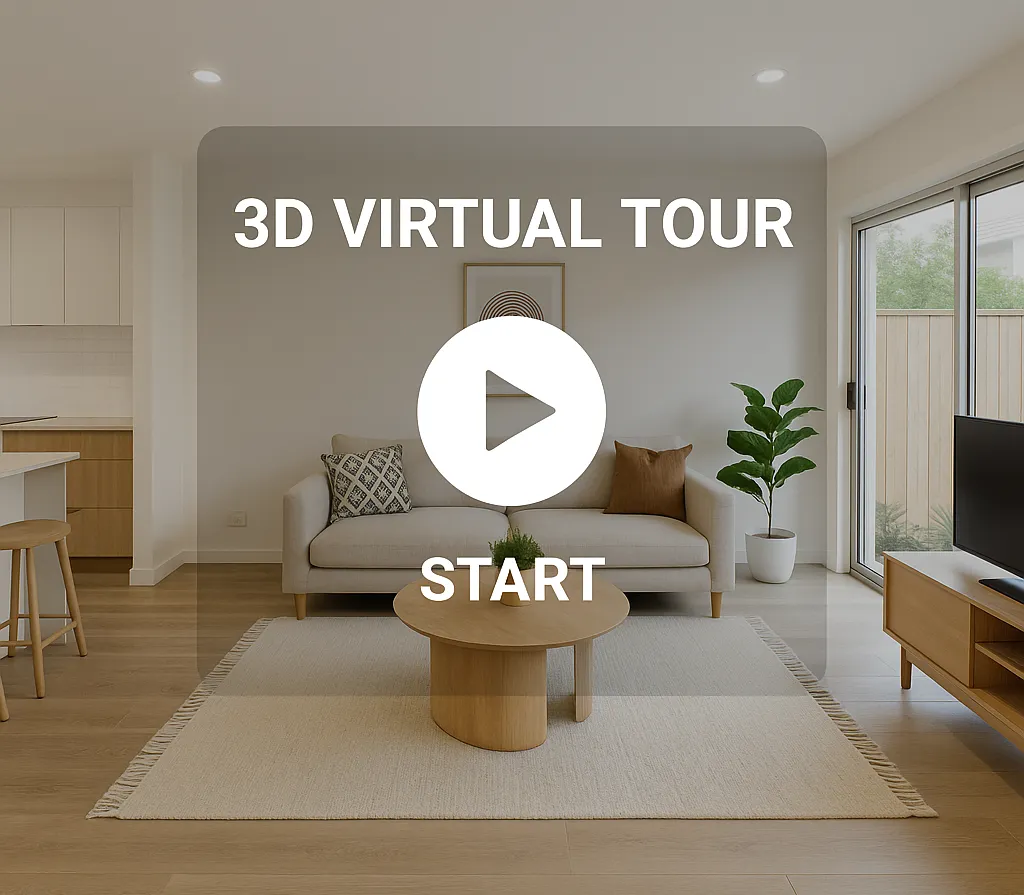3D Virtual Tour

A 3D virtual tour is a simulation of an environment that can be experienced by a person as if they were actually there. The virtual tour can be created using various tools and technologies such as computer-generated imagery (CGI), 360-degree photography, virtual reality (VR), and augmented reality (AR). So, what’s a virtual tour exactly? 
VR TOURS
VR is a technology that uses a headset to create a fully immersive 3D environment. When wearing a VR headset, the user is completely immersed in the virtual world, and they can move around and interact with objects as if they were actually there. A 3D virtual tour can be experienced through VR, giving the user an immersive and interactive experience.
With a VR mask, users can explore a virtual environment as if they were physically present in it. This technology is particularly useful in the fields of tourism, real estate, and education, where users can explore a location or property remotely, from the comfort of their own homes. Virtual reality tours with VR masks can provide a highly engaging and interactive experience. Users can move around and interact with objects in the virtual environment, and in some cases, even manipulate them. For example, in a virtual tour of a museum, users can examine artifacts up close and from different angles, without the need to physically travel to the location.
This technology can also be used to simulate experiences that would be difficult or impossible to have in real life, such as exploring a remote or dangerous location.
AR TOURS
AR, on the other hand, overlays digital information on top of the real world, usually through the use of a smartphone or tablet. In the context of a 3D virtual tour, AR can be used to enhance the user’s experience by providing additional information or context about the virtual environment. For example, an AR app could display information about the historical significance of a building or monument as the user explores a virtual tour.
AR tours with mobile technology are particularly useful in the fields of tourism, real estate, and education. With an AR-enabled smartphone or tablet, users can explore a location or property and access additional information and context about what they are seeing.
For example, in a museum or historical site, users can point their smartphone or tablet at an exhibit and see additional information overlaid onto the exhibit, such as historical context, images, and videos. In real estate, users can view a property and see virtual furniture overlaid onto the space to help them visualize how the property would look with different interior design options. Augmented reality 3D tours with mobile technology can also provide an interactive and gamified experience for users. For example, on a city tour, users can use their smartphone or tablet to scan QR codes or points of interest and receive virtual rewards or access to exclusive content.
Conclusion
Incorporating both VR and AR technologies into a 3D virtual tour can create a highly engaging and interactive experience for users. Users can explore a virtual environment using a VR headset, while also being able to access additional information and context through AR overlays on their smartphone or tablet. This technology is particularly useful in the fields of real estate, tourism, and education, where users can explore a property, location, or historical site from anywhere in the world.



